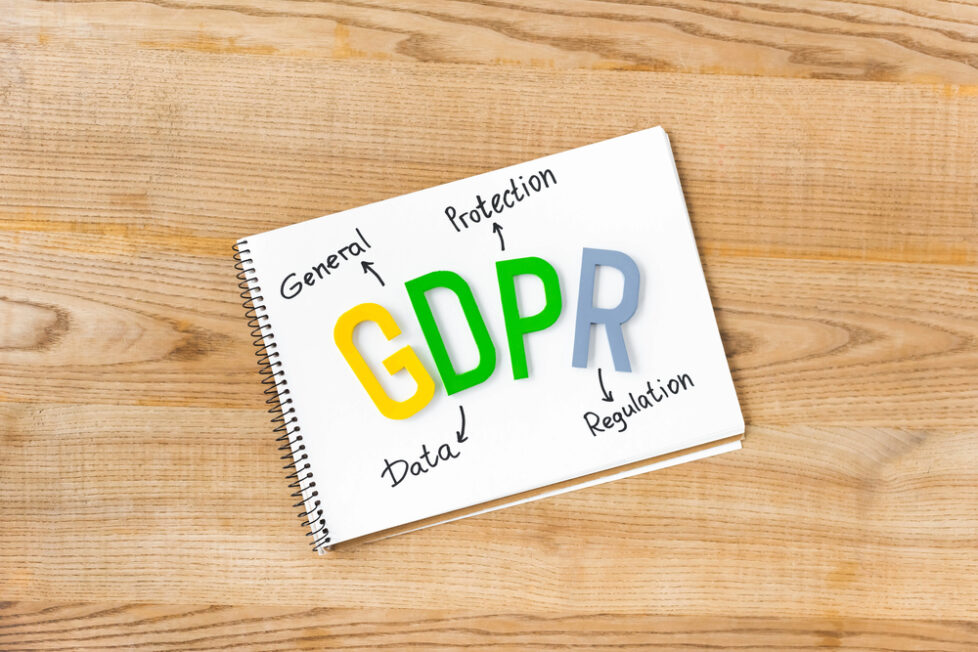How to Handle A GDPR Claim: Steps for Businesses

LINKS TO CONTENT
ToggleThe General Data Protection Regulation (GDPR) has significantly impacted how businesses handle personal data. Despite stringent measures, a data breach can still occur, leading to a potential GDPR claim.
This article provides a comprehensive guide on handling a GDPR claim effectively. Take a look…
The GDPR aims to protect the personal data of individuals within the European Union. Non-compliance can result in severe penalties, including hefty fines. Therefore, it’s crucial for businesses to understand the implications of GDPR thoroughly.
Businesses that experience a data breach – whether that be via cyber-attacks or internal human error – are sure to feel the consequences. Not only are large fines a potential, but reputational damage and lengthy legal procedures can follow suit.
Data breaches are not to be taken lightly, as the victims can be subject to significant financial loss, as well as emotional turmoil.
If a data breach occurs, swift action is essential. Immediate steps can mitigate the damage and demonstrate your commitment to data protection. Some key steps include:
Documentation is crucial for compliance and can help in future investigations or claims. Ensure you record:
Effective communication with all stakeholders is essential during a GDPR claim. This includes employees, customers, and regulators. Clear and timely communication helps build trust and manage reputational risks. Some tips include:
When facing a GDPR claim, it’s essential to follow a structured approach. This will not only help in efficiently managing the claim but also in demonstrating your compliance with GDPR requirements.
Here are some best practices to follow, if making a claim.
One of the first steps you should take is to seek legal advice. GDPR claims can be complex, and professional guidance will ensure you understand your obligations and rights. A solicitor can help you navigate the legal landscape and formulate a robust response to the claim.
Once you receive a GDPR claim, it’s important to respond promptly and professionally. Acknowledge receipt of the claim and inform the claimant that you are investigating the matter. Transparency and communication are key during this phase.
Collect and organise all relevant evidence related to the claim. This may include:
Proper documentation will be invaluable in defending your position and demonstrating your adherence to GDPR principles.
Conduct a comprehensive investigation to determine the cause and extent of the data breach. Evaluate whether there were any lapses in compliance and take corrective actions. You should document this investigation, which may involve various departments within your organisation.
After handling a GDPR claim, it’s crucial to review and strengthen your security measures to prevent future breaches. Consider the following steps:
For detailed information on implementing GDPR principles in claims handling, you can refer to this comprehensive guide.
Handling a GDPR claim requires a proactive and structured approach. By understanding your obligations, seeking professional advice, and maintaining clear communication, you can effectively manage the situation.
Regularly reviewing and updating your data protection measures will not only help in preventing future breaches but also in fostering trust with your stakeholders. If you find yourself facing a legal challenge in court, the Information Commissioner’s Office provides guidance on taking your case to court and claiming compensation.
Remember, the key to successfully handling a GDPR claim lies in preparation, transparency, and continuous improvement.
Please be advised this article is for informational purposes only and should not be used as a substitute for advice from a trained GDPR professional. Please seek the advice of a legal or GDPR professional if you’re facing a data breach.
